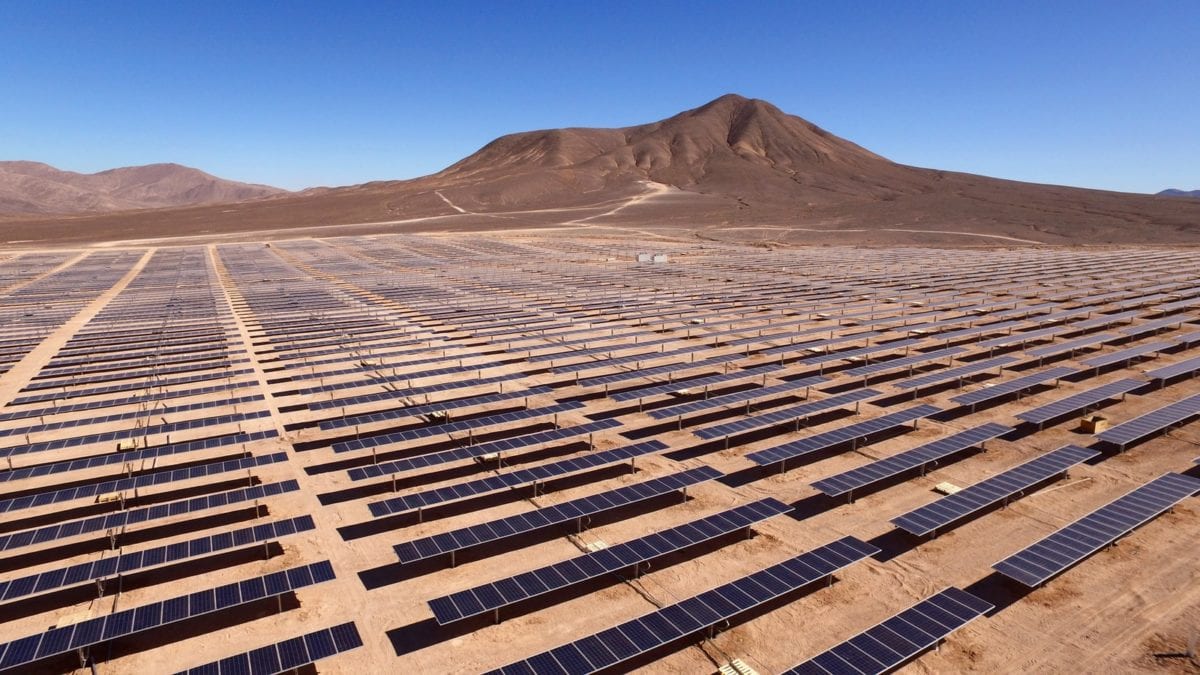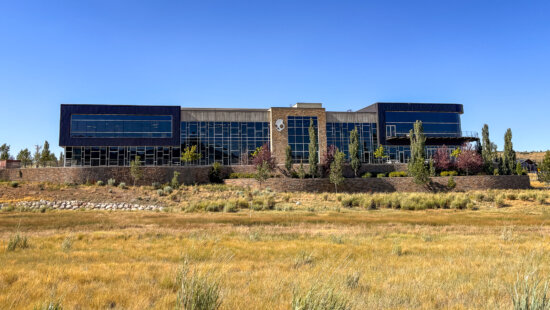News
Navajo Nation finalizes solar plant leases on tribal land

Lease payments to the tribe will approach $7 million over the 30-year life of the project. Photo: Antonio Garcia
CAMERON, Ariz. (AP) — The Navajo Nation is moving forward with two more solar plants on the reservation that are expected to generate millions of dollars in revenue for the tribe over the projects’ lifetimes.
Tribal leaders met at the site of the larger solar plant in Cameron on Tuesday to finalize the lease for the Cameron Solar Generation Plant. A committee of the Navajo Nation Council had approved the lease in late March. The solar plant is expected to produce 200 megawatts of energy for one of Arizona’s largest utilities, the Salt River Project, though a power purchase agreement hasn’t yet been signed. About 400 people will be employed during construction.
Tribal President Jonathan Nez said the solar plants are part of a move toward renewable energy sources. On Wednesday, tribal officials gathered near the Arizona-Utah border to finalize a lease for a 70-megawatt solar plant there. The tribe has two other solar plants near Kayenta. “Our communities were once heavily dependent on fossil energy, but now we are seeing change,” Nez said in a statement.
The Red Mesa Tapaha Solar Generation Plant is expected to create 300 jobs during the year-long construction phase. It will be majority-owned by the Navajo Tribal Utility Authority and provide energy largely to the Utah Associated Municipal Power Systems.
Lease payments to the tribe will approach $7 million over the 30-year life of the project, the tribal utility said. The tribe also will receive tax revenue. Some of the revenue from both projects will go toward connecting more Navajo homes to the power grid and keeping rates down for tribal customers, according to the tribal utility.
The tribe’s Red Mesa and Cameron chapters supported the power plants with a resolution, and local residents agreed to allow them to be built in areas where they have grazing permits. “The Cameron Solar Project brings new employment and economic opportunities for the area and for the Navajo Nation,” said Arash Moalemi, legal counsel for the tribal utility. “The project will also help make way for new multi-utility infrastructure for the area.”
Cameron lies along the route to the east entrance of Grand Canyon National Park, which will reopen Thursday after being closed for more than a year amid the coronavirus pandemic.
Over three decades, the solar plant is expected to bring in $90 million in energy transmission payments, $13 million in land lease payments, and $6 million in tax revenue for the tribe.
Tribal leaders also broke ground Tuesday on a three-story hotel in Shonto, Arizona, that is expected to create 80 construction jobs and 30 permanent jobs.



















